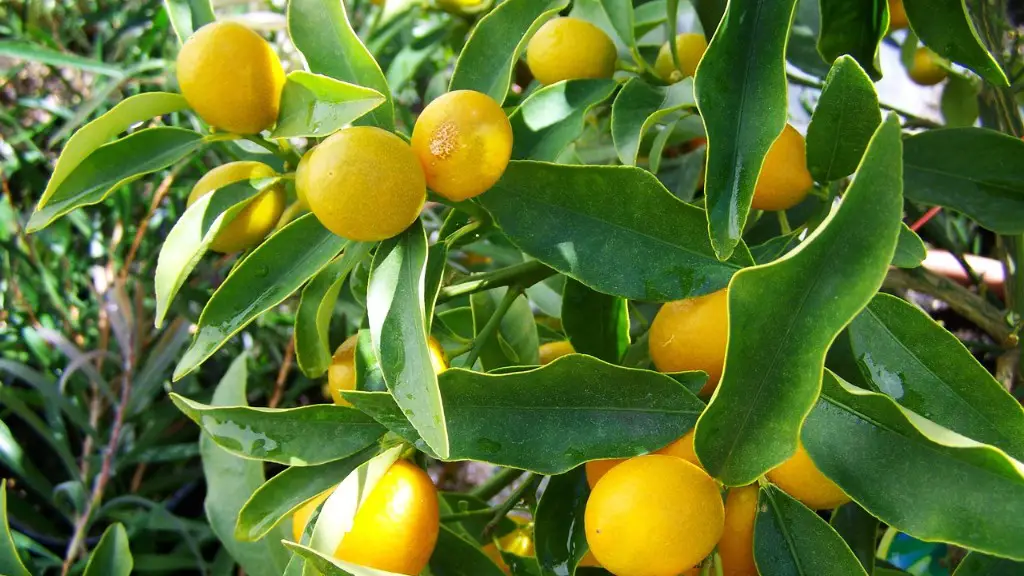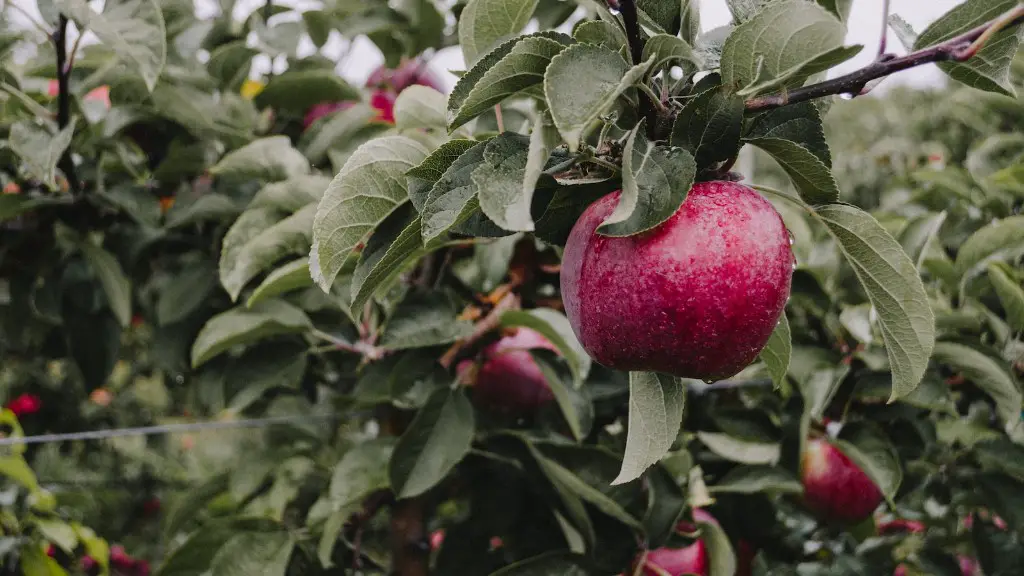When it comes to producing fruit, lemon trees require patience. It generally takes between 3 to 5 years for a lemon tree to start producing fruit, depending on the conditions in which it is grown. Most lemon trees produce flowers with some even producing fruit during this period. However, it does take time for new lemon trees to bloom and for their fruit to start maturing. The best way to increase the chances of a lemon tree producing fruit is to provide optimal, consistent conditions.
The soil and climate that the lemon tree is grown in plays a big role in how long it takes for the tree to mature and produce fruit. It’s important to maintain the correct proportions when preparing the soil. For example, a mixture of topsoil and sand will ensure good drainage and a loose texture to allow the tree’s root system to take hold. It’s also important to water the tree carefully and consistently while avoiding overwatering which can lead to root rot. If the area is too cold in winter, it’s best to provide a protective barrier to avoid damage to the tree.
Lemon trees typically produce several dozen fruits from each flowering. Pollination is also important for the production of larger crops and it’s helpful to provide for cross pollination as well as providing adequate protection from any pests. Pruning the tree periodically will also help with maintaining an average harvest size. A lack of normal sunlight can also negatively affect the production of fruit, so it’s important to ensure the tree is in an area with a good balance of both direct and indirect light.
In summary, approximately 3 to 5 years after planting a lemon tree, it should start producing fruit. The climate and soil composition are key factors in how long it takes for the tree to produce fruit, so providing optimal conditions is essential. Pruning, watering and pollination all also play an important role in producing larger harvests. Finally, ensuring the tree has access to a good balance of both direct and indirect light is also important for achieving the best results.
Soil Preparation
When planting a lemon tree, soil preparation is essential to ensure good drainage and provide necessary nutrients. When preparing the soil, it’s important to mix it with a loose texture to allow the tree’s root system to take hold. The best soil mixture is usually a balance of topsoil and sand. Once planted, it is important to regularly water and fertilize the tree to maintain the best conditions in which it can thrive.
Protecting From Pests
In order for a lemon tree to thrive and eventually produce fruit, protection from pests is essential. Checking for signs of pests should be done on a regular basis, and when spotted, dealt with swiftly. Poisonous spray and traps can help to protect trees from pest damages, allowing lemon trees to grow undisturbed. It’s also important to protect the tree from any extreme coldness during winter, as that could be fatal for the tree overall.
Pollination
Pollination is also an important part of the process of a lemon tree producing fruits. This can be done with the help of insects naturally, but hand pollination with a brush can also be done to increase the chances of better harvests. It’s also important to ensure that the tree has access to cross pollination, in which the pollen of another different but compatible type of tree is brought in contact with the lemon tree. This can increase the chances of larger and higher quality fruits.
Harvesting
When harvesting the fruit, it’s important to be mindful of how soon the fruits will ripen. While it is always ideal to harvest the orange-yellow colored fruit, some lemon trees bear green-colored fruits, which will later ripen if left untouched. Since these fruits take longer to ripe, it’s important to mark them so as not to be overlooked when harvesting. Additionally, it’s important to remove any pests and infected fruits in order to protect the tree from future damages.
Prune and Water
When caring for lemon trees, it’s important to prune them regularly and carefully. By doing so, it’s possible to open up spaces in closed parts of the tree, allowing more sunlight and air to reach the branches and fruits. Additionally, it is also ideal to use high-quality organic fertilizer for the tree and stick to a routine schedule when watering. As with all plants, the right amount of water is essential and can make the difference between quality harvests and fruitless efforts.
Light Conditions
For optimal growth, lemon trees require consistent exposure to sunlight. While many lemon trees will tolerate shade and partial sunlight, it’s important to ensure that the tree has access to a good balance of both direct and indirect light in order to increase the chances of a good harvest. Too much direct sunlight could result in damage to the tree, while too much shade could stunt the tree’s growth and severely decrease the chances of producing fruit.


